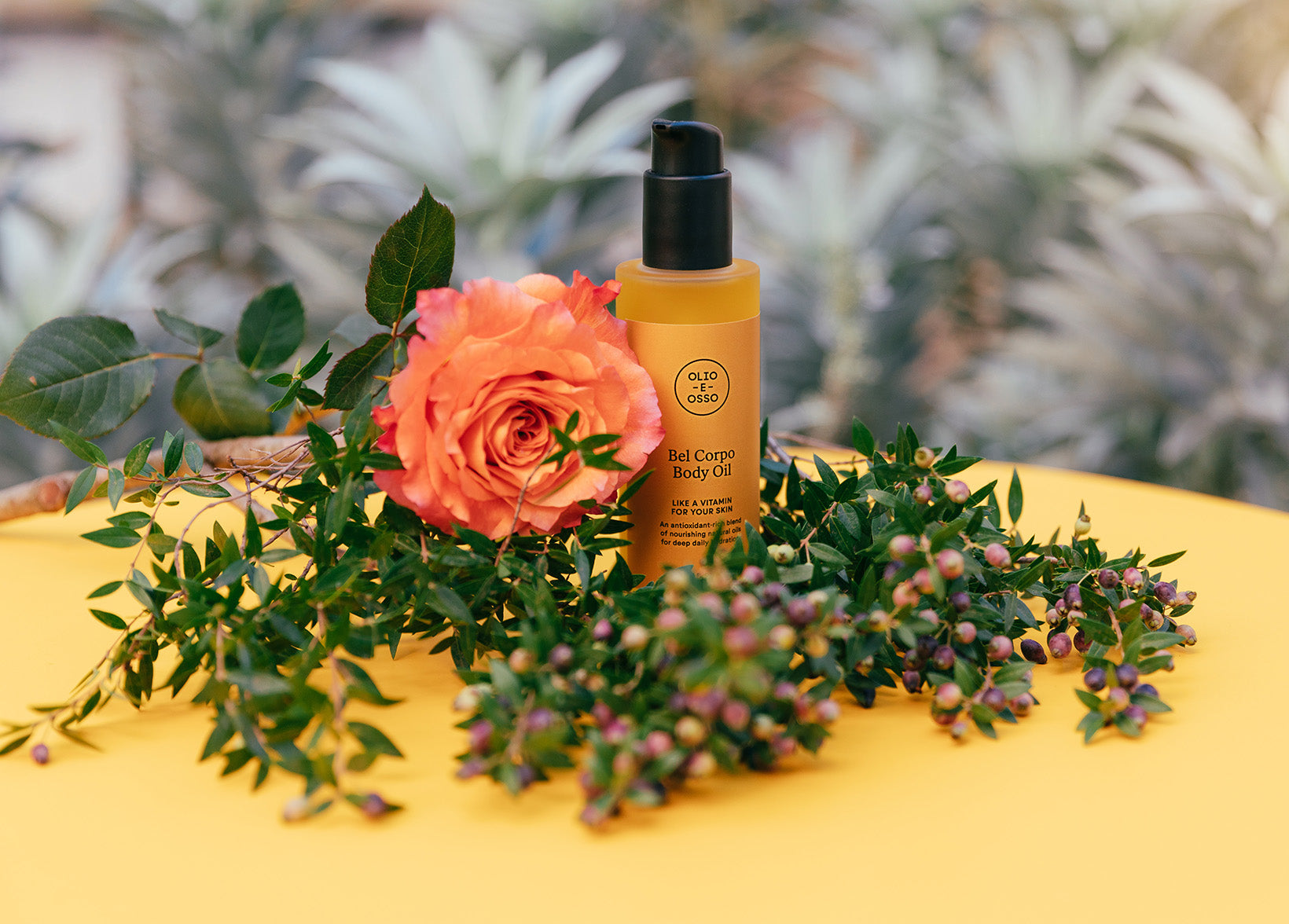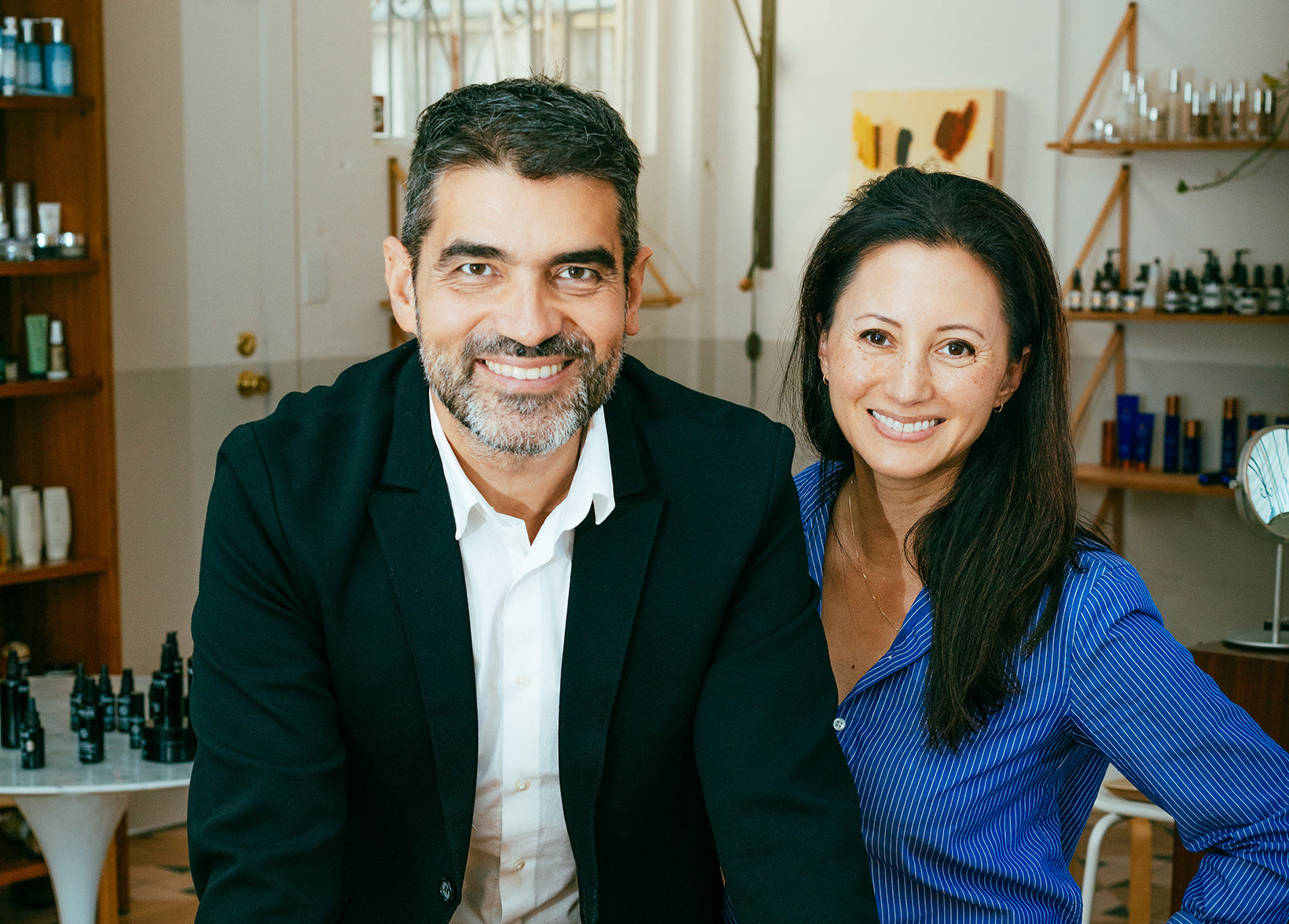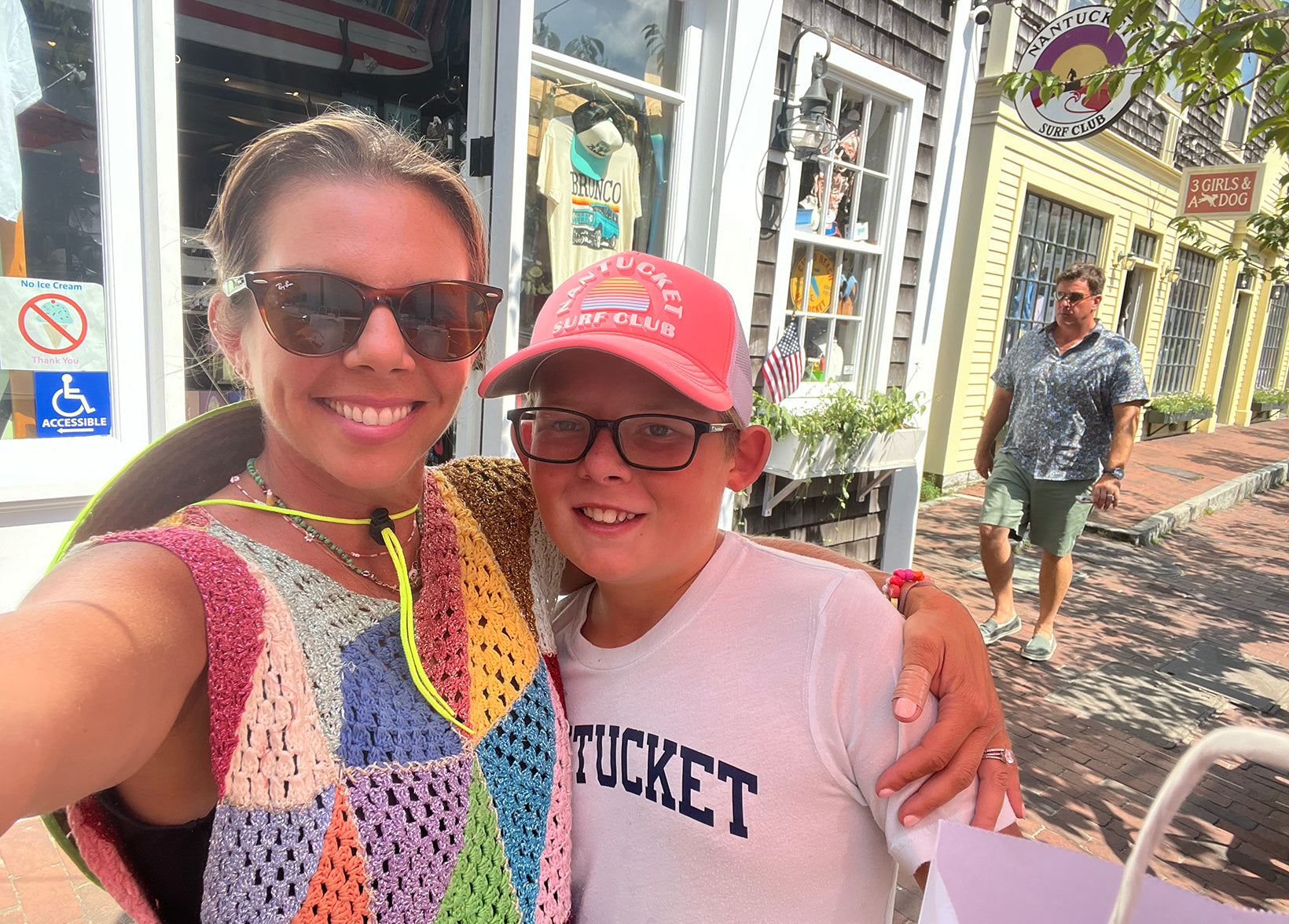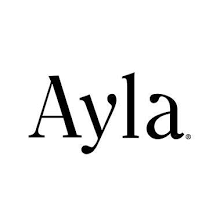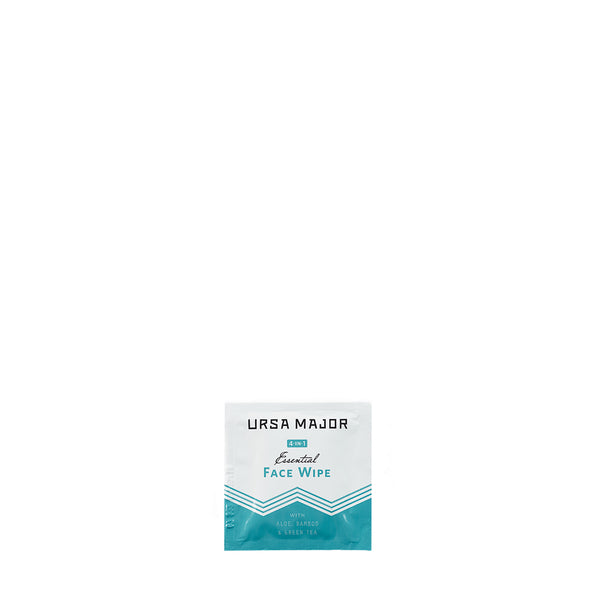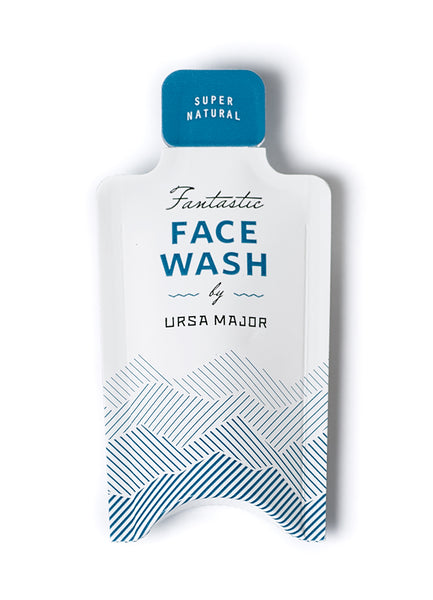Recent Articles
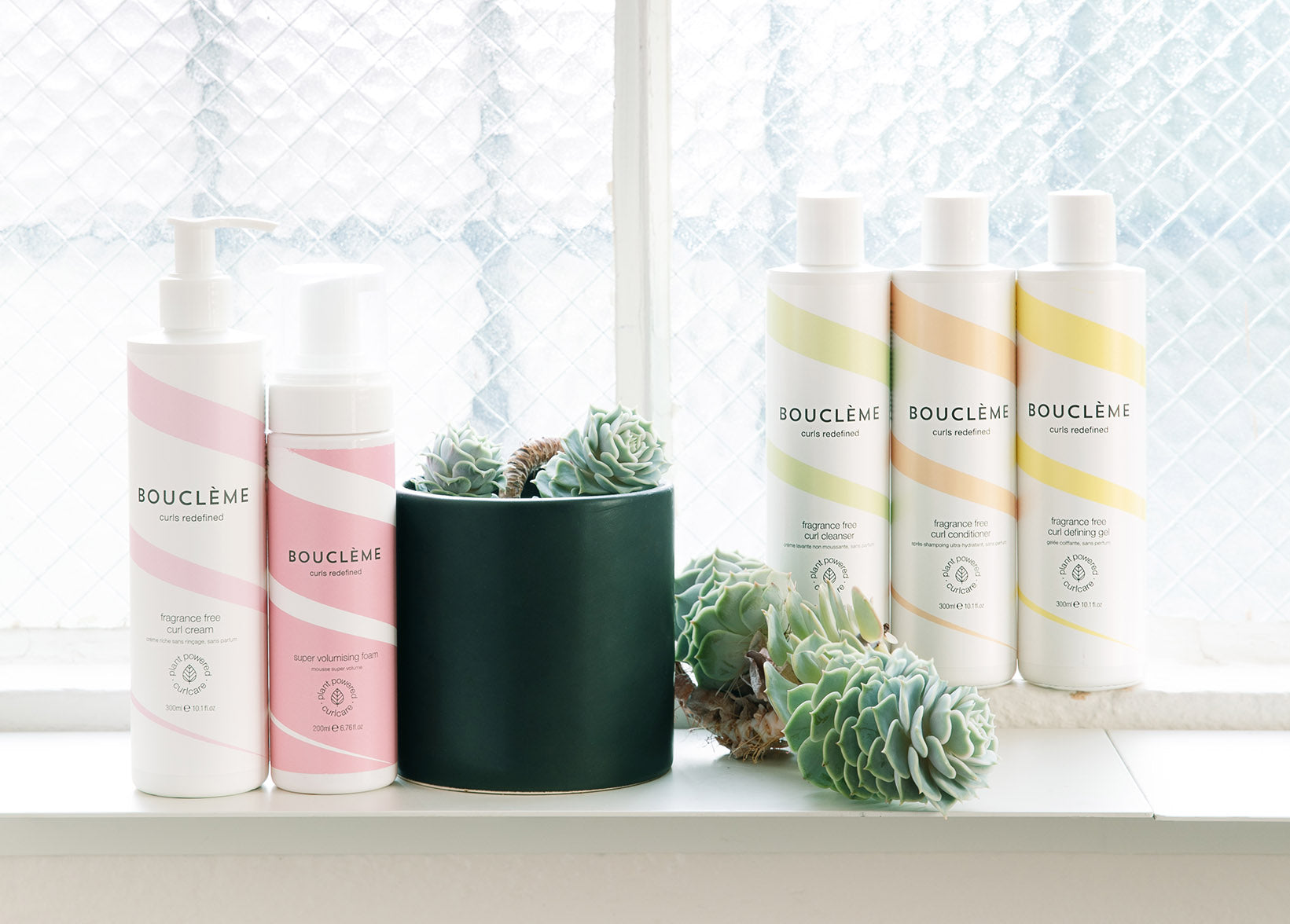
It can take a good amount of experimentation to get curly hair care just right. We asked Michele Scott-Lynch, the founder of Bouclème, for a curly hair care primer — including guidelines for different types of curls. Our objective? To ensure the experimentation process with Bouclème is shorter, easier, and generates results that are as gorgeous as possible. Check out her tips for nighttime curl care and ways to refresh curls on the second and third day after washing, too.
Ayla: What are your top 5 tips for natural curly hair care?
MICHELE:
1. Frizz is a sign that your hair lacks moisture, and curly hair tends to naturally be drier than other hair types. Boost moisture levels by leaving your conditioner in or rinsing partially out. To maintain hydration levels daily, scrunch Curl Conditioner onto dry hair if curls feel parched, and add weekly deep conditioning treatments to your curl routine. With proper hydration, frizz will transform into a wave or curl.
2. Ditch terrycloth towels: they suck moisture from hair, and the loops mess up your curl pattern, leaving curls frizzy. We created our Curl Towel to solve this problem.
3. Sleep on a silk pillowcase to prevent frizzing caused by friction. It’s great for keeping your face line-free, too!
4. Some curlies benefit from occasional protein treatments. Too many can leave hair feeling hard, so I only recommend doing a treatment every 3 months or so and following with a conditioning treatment to soften hair afterwards.
5. Layering products helps to seal moisture and definition in hair longer; this is particularly beneficial for dry and porous curls. Apply a pure oil (my favorites are virgin coconut and argan oil) on top of your conditioner, and then follow with our Curl Defining Gel.
Ayla: You're also very clear in your stance against silicones and sulfates for curly hair. Can you tell us more about that?
MICHELE: Silicones and sulfates really perpetuate the problem of dry, frizzy curls. Sulfates strip the hair of all protective oils; silicones, over time, prevent much-needed moisture from entering the hair shaft. The only things that can remove silicones are sulfates, so it becomes a vicious cycle of curls being dried out by sulfates and requiring more silicones to fix the situation.
If you have been using silicone based products (check the labels — anything ending in a 'cone' is a silicone), I recommend washing your hair with a sulfate shampoo one last time to remove any silicone buildup. Then you can start with our natural curl products, knowing they'll penetrate into the hair shaft and not just sit on the surface.
Ayla: How do you suggest using the Bouclème system?
The key to great curls is understanding the needs of your hair. The washing step is fairly straightforward — we suggest our Curl Cleanser for all types of hair, although very fine hair may find it too moisturizing and will want to try our Hydrating Hair Cleanser instead.
The biggest differences really come in the way we suggest using the Curl Conditioner and Curl Defining Gel depending on your curl type and texture.
If you have fine, loose waves:
1. Apply Curl Conditioner generously to soaking wet hair, raking through with your fingers (no brushing — that breaks the curl pattern). Rinse out. As you rinse, scrunch hair up towards head to prevent water from weighing down waves. If your hair tends to be dry, apply more conditioner (to dry areas, like the canopy and ends) afterwards as a leave-in.
2. Apply Curl Defining Gel to soaking wet hair, pouring into palms and gliding them over the canopy of your hair. Then tip head forward and apply more underneath, scrunching more into the ends of your hair and holding each section for 20 seconds. This will help encourage curl formation. The gel dries firm as it creates a cast around your curls; once hair is dry, scrunch to release the cast, and curls will feel completely soft.
If you have medium-textured, dry curls:
1. Apply Curl Conditioner generously to soaking wet hair, raking through with your fingers (no brushing — that breaks the curl pattern). Experiment with leaving all of your conditioner in or rinsing a little out. If you rinse and feel you need extra moisture, just apply more conditioner as a leave-in. Drizzle hair with a little water for maximum hydration – hair should look milky white at ends.
2. Apply Curl Defining Gel to soaking wet hair. Use fingers to rake gel through hair in sections, starting at the back of the head and working towards the front. Ensure even distribution. Scrunch more into the ends, holding each section for 20 seconds. This will help encourage curl formation. The gel dries firm as it creates a cast around your curls; when dry, scrunch to release the cast, and curls will feel completely soft.
If you have thick, tight curls:
1. Divide hair into sections and apply Curl Conditioner generously to each section, raking through with your fingers. Ensure hair is soaking wet hair when applying. Leave all of your conditioner in. Drizzle each section with a little water; hair should look milky white. For extra moisture, apply a pure oil (virgin coconut oil, castor oil, olive oil or argan oil) on top of your conditioner as an intermediate step, then follow with Curl Defining Gel.
2. Apply Curl Defining Gel to soaking wet hair. Use fingers to rake gel through hair in sections, starting at the back of the head and working towards the front. Ensure even distribution. The gel dries firm as it creates a cast around your curls; when dry, scrunch to release the cast, and curls will feel completely soft.
A few extra notes for very dry, porous curls:
a. Pre-treat curls the night before you wash with virgin coconut oil. Leave it in overnight and then wash in the morning – this helps prevent damage caused when hair expands and contracts with water, also known as hygral fatigue.
b. Always leave Curl Conditioner in and drizzle hair with a little water to ensure complete saturation and hydration. Layer with oil (virgin coconut, argan, olive, almond) and follow with Curl Defining Gel. This helps lock moisture in for a longer period of time.
c. Water evaporates from porous hair quickly; if your hair has started to dry before applying the Gel, spritz it with water so it’s wet before application.
Visit the Boucleme UK website to learn how to determine hair's porosity.
Ayla: What do you suggest as far as nighttime curl care is concerned?
MICHELE: Tie curls up on top of your head in a pineapple with a loose scrunchie or hair tie — or, if hair is not long enough, try using a hair net. Sleeping on silk pillowcases is great for curls, since it prevents friction (and frizz). It's also great for a line free face in the morning! In the morning, shake curls loose, allow 20 minutes for curls to settle, and spot treat any areas of frizz with either Curl Conditioner or Curl Defining Gel. Us the Conditioner if dry; use the Gel if you need more curl formation.
Ayla: How do you suggest refreshing curls the second or third day after washing?
MICHELE: If hair feels dry, spritz your curls with 2 parts Curl Conditioner with 1 part filtered water.
If hair is moisturized but needs smoothing or more definition, spritz with 2 parts Gel and 1 part filtered water, then scrunch. You can also spot treat any frizzy areas or curls with neat Conditioner or Gel, using your finger to smooth and twirl curls.
Never spritz porous curls, as this will cause hair to swell. Apply conditioner neat, then wet hands and smooth over frizzy areas.
We can't say enough great things about how wonderfully this line works on curls and waves. Check out the Bouclème product line at Ayla here.
Any topic discussed in this article is not intended as medical advice. If you have a medical concern, please check with your doctor.

